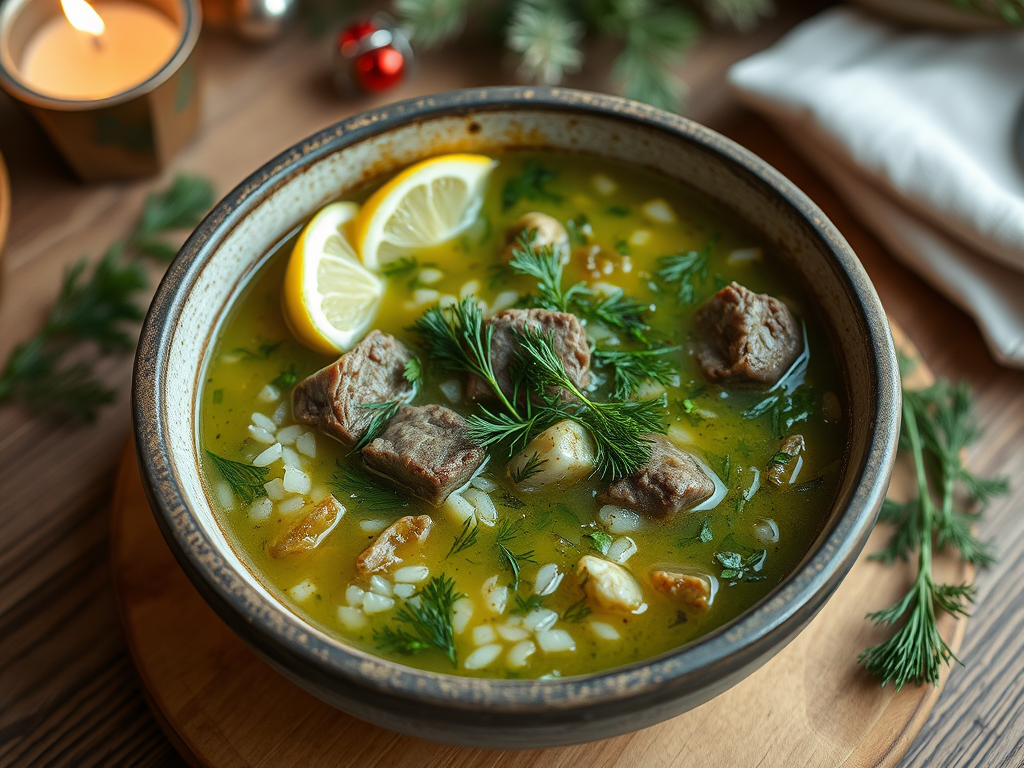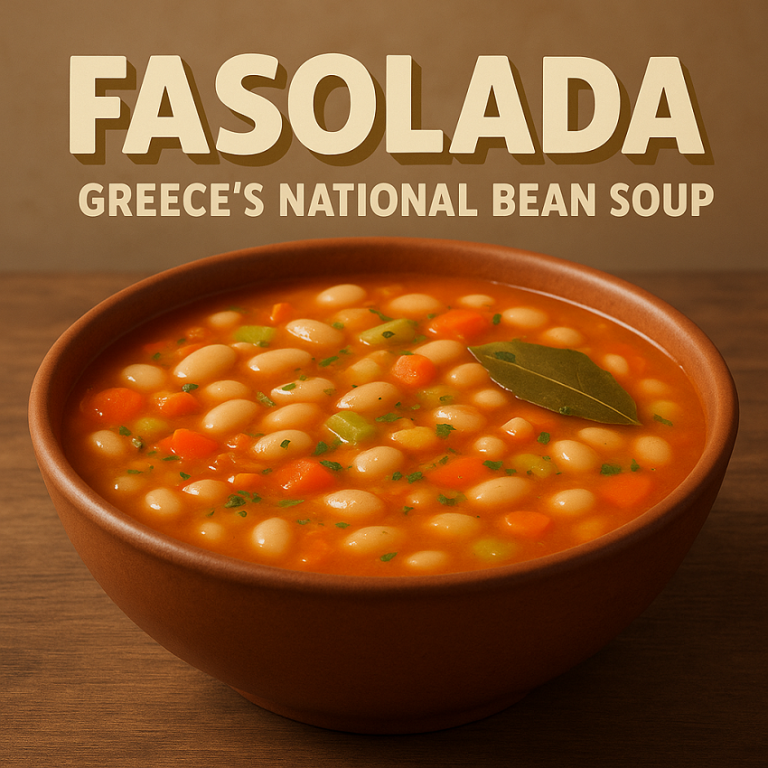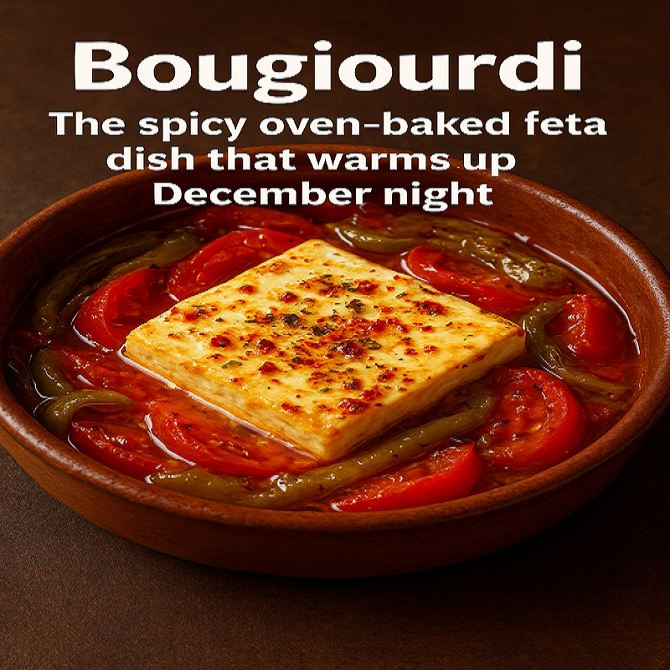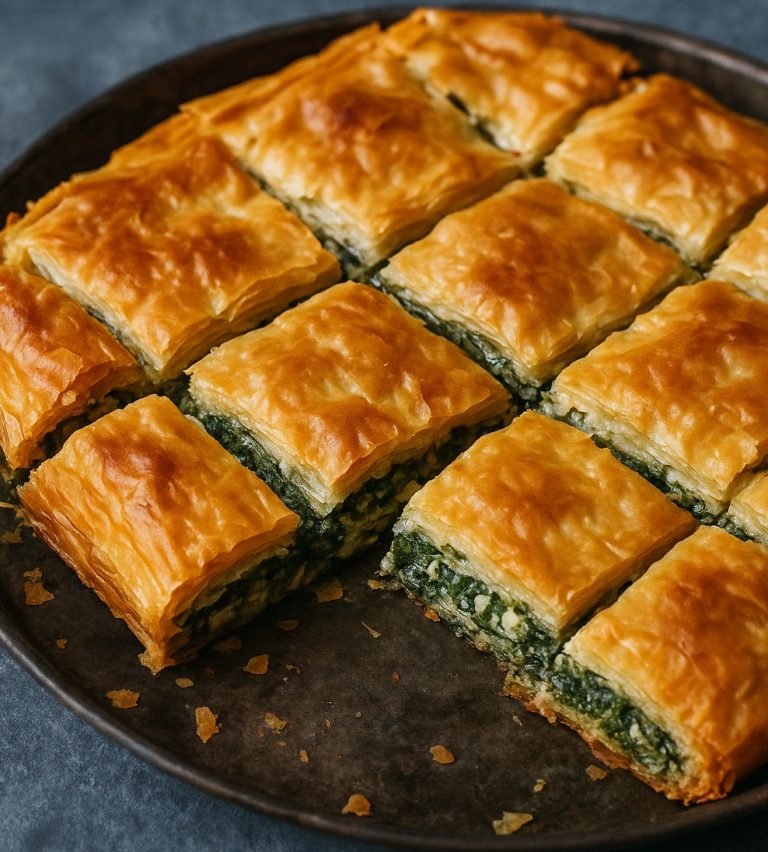
Magiritsa is a cherished traditional dish in Greece, often served during the Easter celebrations. This rich and flavorful soup carries deep cultural significance and reflects the culinary heritage of Greek families. In this article, we’ll explore the origins, ingredients, preparation methods, variations, and cultural impact of Magiritsa.
Origins and Significance
Magiritsa has its roots in ancient Greek customs, where food played a vital role in religious and seasonal celebrations. Traditionally prepared on Holy Saturday, just before the midnight Resurrection service, Magiritsa serves as a symbolic dish to break the Lenten fast. This fasting period involves abstaining from meat and animal products, making the first taste of meat after a long period even more significant.
The soup symbolizes renewal and rebirth, themes central to the Easter celebration. In many Greek households, preparing Magiritsa is a cherished ritual that brings families together, allowing them to bond over the preparation and enjoyment of this special dish.
Key Ingredients
The main ingredients of Magiritsa are:
- Lamb Offal: The use of lamb’s organs, such as liver, heart, and lungs, is traditional. These parts are often available after the Easter lamb is slaughtered and have a rich flavor that adds depth to the soup.
- Rice: This ingredient not only adds substance but also absorbs the flavors of the soup, creating a comforting texture.
- Herbs and Greens: Fresh herbs like dill and parsley, along with wild greens, enhance the flavor profile and provide a vibrant green color.
- Lemon: A squeeze of lemon juice adds brightness and acidity, balancing the richness of the offal and elevating the overall taste.
- Onions and Garlic: Essential for creating an aromatic base, these ingredients add depth and richness to the soup.
Preparation
Ingredients
- 500g lamb offal (liver, heart, lungs)
- 1 cup rice (traditionally short-grain)
- 1 large onion, finely chopped
- 2-3 cloves of garlic, minced
- 1 bunch of fresh dill, chopped
- 1 bunch of fresh parsley, chopped
- 1-2 lemons (for juice and zest)
- Olive oil
- Salt and pepper to taste
Instructions
- Clean the Offal: Rinse the lamb offal thoroughly under cold water. Remove any membranes or impurities, and cut the meat into small, bite-sized pieces.
- Sauté Aromatics: In a large pot, heat a few tablespoons of olive oil over medium heat. Add the chopped onions and garlic, cooking until they become translucent and aromatic.
- Cook the Offal: Add the cleaned and chopped offal to the pot. Sauté until the meat is browned and cooked through, releasing its rich flavors.
- Add Rice and Water: Stir in the rice and add enough water or broth to cover the ingredients by about an inch. Bring the mixture to a boil, then reduce the heat and let it simmer until the rice is cooked and has absorbed the flavors, usually about 20-30 minutes.
- Incorporate Herbs and Lemon: Once the rice is tender, stir in the chopped dill and parsley. Squeeze fresh lemon juice into the soup, and season with salt and pepper to taste. Adjust the consistency with additional water if needed.
- Serve Hot: Magiritsa is best enjoyed warm, often with additional lemon on the side for those who want an extra zing.
Variations
While the traditional recipe is revered, many families have their own variations of Magiritsa. Some might use different types of meat, such as goat or even chicken, especially in regions where lamb is less common. Others may include additional spices like nutmeg or cinnamon to enhance the flavor profile.
In some coastal areas, seafood variations exist, showcasing local ingredients and preferences. Vegetarians also have their take on Magiritsa, using mushrooms and legumes to create a hearty and flavorful soup that respects the spirit of the dish.

Cultural Impact
Magiritsa is more than just a dish; it is a centerpiece of family gatherings during Easter. The preparation of the soup often involves multiple generations, where grandmothers pass down their recipes and techniques to younger family members. This intergenerational cooking fosters a sense of continuity and belonging, as stories and memories are shared over the simmering pot.
On Easter Sunday, after the midnight service, families gather to enjoy Magiritsa as a prelude to the festive feast that follows. This communal aspect is vital, as it reinforces family bonds and celebrates the joy of togetherness.
In many regions of Greece, the preparation and consumption of Magiritsa are accompanied by traditional songs and dances, adding a festive atmosphere to the occasion. Additionally, the soup is often served alongside other Easter treats, such as red-dyed eggs and sweet bread, creating a colorful and festive table.
Modern Adaptations
In recent years, as global culinary trends have evolved, some modern chefs and home cooks have begun to reinterpret Magiritsa. They experiment with fusion flavors, incorporating international ingredients or techniques while maintaining the essence of the traditional dish. This evolution reflects the dynamic nature of food culture, where tradition and innovation coexist.
Conclusion
Magiritsa is a beautiful representation of Greek culinary tradition, embodying the spirit of Easter and the joy of coming together. This rich soup, filled with history and flavor, is more than just a meal; it is a symbol of renewal, tradition, and shared love. As families gather to celebrate, Magiritsa serves as a delicious reminder of the ties that bind them, making it a cherished part of Greek culture that continues to thrive through generations. Whether enjoyed in a bustling household or during a quiet moment of reflection, this soup remains a beloved dish that warms both the body and the soul.



